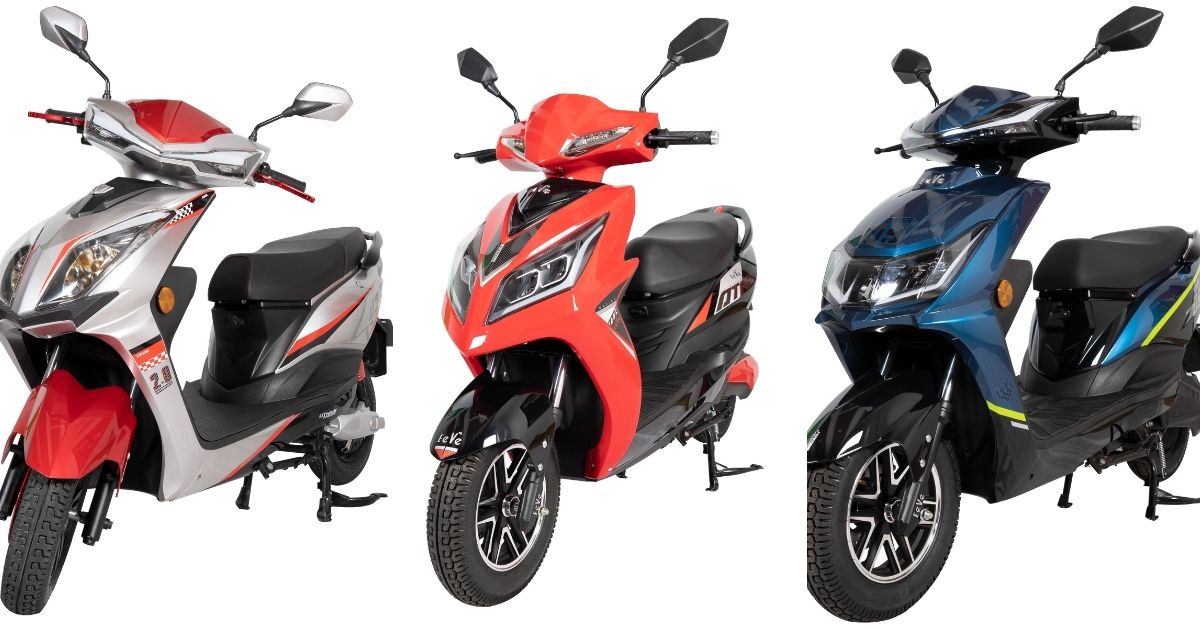A few years ago, Harshvardhan Didwania from Odisha became the fourth generation entrant in his family-owned automobile business. But he had different ideas on scaling operations of his family’s venture. As he worked towards increasing his involvement in the business operations, the electric vehicle (EV) segment was picking up in India. He saw an investment opportunity in EVs, which was mindful of the environment too. He wanted to make EVs affordable for all, just like the bicycles that became the common man’s go-to transportation mode.
Harshvardhan, a Commerce graduate, convinced his patriarch and launched EeVe in 2018. The Bhubaneshwar-based company has so far sold more than 7,000 e-bikes with an impressive clientele that include Flipkart, Amazon, Zomato and Swiggy. The company, which has a presence in over 50 cities, grew at a 300 per cent rate from 2019 and hopes to clock Rs 25-35 crore in 2021.
EeVe was labelled as the ‘Most Promising EV Startup’ and applauded by Chief Minister of Odisha, Naveen Patnaik, for being the first EV company from East India.
“The main motivation was to come up with a business model that provides an emission and hassle-free ride. I wanted our vehicles to be an eco-friendly and cost-effective alternative for daily commuting. The two-wheelers can go up to 70 kilometres by charging it 6 to 7 hours. My father, JP Didwania, and I visited several e-vehicle manufacturing facilities for R&D. Our experience helped us get e-mobility dealers, and networking we got industry experts to guide us. In 2019, we started selling,” Harshvardhan tells The Better India.
The initial, and probably the biggest challenge, according to the Didwania family, was changing people’s mindset. The team started spreading awareness on the motor system, battery options and identifying quality vehicles through social media and word-of-mouth.
Best Selling Models: Features and Specifications

EeVe prides itself on providing a five-year warranty on its scooters. However, the battery warranty has been limited to only one year. It is striving to be among the fastest-growing electric vehicle companies in India by equipping their vehicles with smart features such as IoT-enabled with GPS navigation, geo-fencing, geo-tagging and anti-theft lock systems. The swappable batteries of the vehicle can be charged anywhere, using basic sockets that phones or laptops do.
The highlight of the venture is the riding cost a customer has to pay per kilometre which is as low as 18 paise.
Their three best selling scooters are Xeniaa, Wind and Ahava.
“Xeniaa is powered with a lithium-ion battery, 250 watt Bosch motor. It has a range of 70 km. Xeniaa 2.0 has advanced features like dual-tone body colour, Bluetooth speaker, dual disc brake, Illuminating ignition switch and can be charged in under four hours. Wind and Ahava have been the best performers in the lead-acid category. With a range of 60 to 70 km and a payload capacity of up to 140 kilos, it has been customers’ first preference. All of our vehicles are designed for the Indian roads,” says Harshvardhan.
EeVe’s vehicles claim to reduce 1.9 metric tonnes of Co2 emissions in three years and the average maintenance cost of e-scooters is 33 per cent less than a petrol-run vehicle. Here’s the breakup of how the company does its calculations:
| Model | (Li-ion) | ( Lead Acid) | Petrol |
| 2-Wheeler | |||
| Fuel consumed in running 70 km/ day | 1.5 units of electricity | 1.5 units of electricity | 1 litre of Petrol |
| Cost of fueling per 70 km run (Rs.) | 12.6 | 12.6 | 112 |
| Duration of Ownership (years) | 3 | 3 | 3 |
| Total running in 3 years (km) | 76650 | 76650 | 76650 |
| Average Maintenance for 3 years (Rs.) | 5000 | 5000 | 15000 |
| Cost of Refueling for 3 years (Rs.) | 13797 | 13797 | 1,22,640 |
| Battery Cost for 3 years (Rs.) | 0 | 12500 | 0 |
| Saving in 3 years (Rs.) | 1,18,843 | 1,06,343 | – |
| CO2 Reduction by using EVs in 3 years (Metric Tons) | 1.9 | 1.9 | – |
Way Ahead
At present, EeVe’s current production capacity is 12,000 units per year, which they hope to increase to 7.5 lakh units with the launch of a new factory to be operational by end of the year. Along with this, the venture will launch seven new vehicle variants, including electric cycles and electric rickshaws in over 200 cities. It hopes to attain 15 per cent of the market share by the financial year 2022.
“EeVe India is reshaping the automotive industry as it’s one-of-its-kind electric automobile start-up that strikes a balance between high-end technology and the ecological health of the world on one platform. EV sales stood at 3.8 lakh units in 2019-20, which is expected to grow exponentially to 63 lakh units by 2027. We want to use this opportunity and be a part of this e-mobility revolution,” adds Harshvardhan.
EeVe vehicles can be purchased through a dealer or you can contact the team here.
Edited by Yoshita Rao
No comments:
Post a Comment